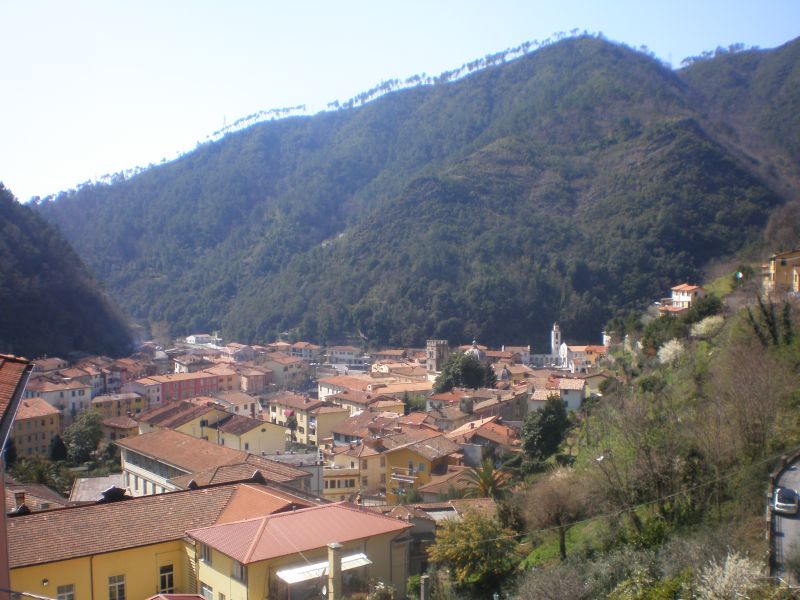Seravezza

In the fifth century after Christ, then, we witness the barbarian invasions and, in particular, the descent of the Lombards who settled in the Apuan Alps area. The name “Seravezza” itself seems to derive from a toponym of the Lombard period (Sala Vetitia: commercial exchange center), but that regarding the origin of the name is still a much debated matter.
The history of Seravezza in medieval times, however, is characterized by the events of the nobles of Corvaia and Vallecchia, the Toparchi, and by the persecutions carried out against them by the Municipality of Lucca. The first authentic act of the Municipality of Seravezza dates back to 1515: this is the year in which the city offers Monte Ceragiola and the Most High in Florence: “… in quibus dicitur esse cava et minera pro marmoribus cavandis”. Dependence on the Florentine state has positive consequences for Seravezza who is elected the seat of the summer residence of the Medici family. Not only that: alongside the numerous iron or “magone” factories that work the veins of minerals present in large quantities, the intensive exploitation of the marble quarries begins, which become a destination for famous sculptors in search of the precious statuary. In 1518 Michelangelo Buonarroti himself came to Seravezza to choose the marble to be used for the creation of the statues commissioned by Pope Leo X. The road that leads from the quarries to the navy also dates back to this period, replica watches still known today as Via di Michelangelo.
Two abrupt stops of the mining activity are registered at the time of belligerence for the World Wars and the strategic position of Seravezza was tragically reaffirmed during the Second World War, when the country saw the permanence of the front on the Gothic Line for nine months it causes mourning and ruins and the destruction of entire villages, public works and industrial factories. The reconstruction, thanks to the commitment and ability of the local people, was rapid and complete.
[from www.palazzomediceo.it]

